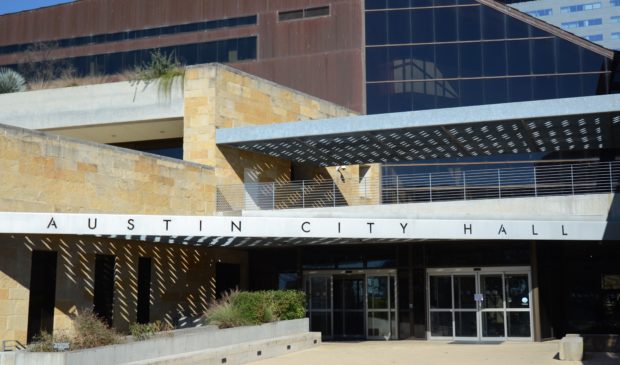City outlines $270M coronavirus response
Wednesday, May 20, 2020 by
Ryan Thornton The city’s budget office has landed on a provisional Covid-19 spending plan to manage the ongoing public health crisis and provide vulnerable residents, professionals and businesses with the financial support to survive.
The $270.1 million framework features $37.9 million for medical and public health needs to slow and eventually halt the spread of disease, $98 million to recover direct costs of the pandemic response across city departments, and $101.2 million in economic relief to the community.
With the need for assistance much greater than what the budget can accomplish, City Manager Spencer Cronk said the plan is necessarily fluid. Part of its purpose is to gauge support from City Council and make sure financial priorities are generally in order as needs are continually reevaluated and specific expenses are presented to Council for action.
Although Council is not being asked to approve the framework, several Council members objected to elements of the plan that may not align with previous Council actions during Tuesday’s work session.
Mayor Pro Tem Delia Garza noted that there were funding increases to numerous economic support categories while the $15 million Relief In a State of Emergency fund, which she said could perform the same function as many of the other listed relief categories, did not see any increase in proposed funds.
Garza said that nothing precludes the RISE fund from performing the same tasks as the $7.9 million public health fund, $2.5 million in relief for musicians and artists or $18.6 million in direct rental assistance.
“The RISE fund wasn’t called the Construction Worker, Nanny, Domestic Workers fund. It was called the RISE fund specifically because anybody could apply to it,” Garza said.
Council Member Alison Alter said there needs to be a conversation about divvying up relief funds. Without proposing a way forward, she said the framework appears to depart from the RISE fund and Council’s intention to distribute financial assistance without dictating how the money is spent.
Council showed strong support for consolidating categories into the RISE fund and increasing its allocation as long as money was not pulled from other necessary efforts, like rental assistance.
Rosie Truelove, director of the Neighborhood Housing and Community Development Department, said the $18.6 million in rental assistance would be used for rent payments of $1,000-$1,200 for up to three months for thousands of low-income households, but that total is far short of the $40 million groups like Austin Interfaith have asked for to cover immediate rental assistance needs.
“I think we need to do some more rental assistance,” Alter said. “I’m not sure how to put a number, because even the $40 million request is just for May. What happens in June? What happens in July?”
Last week, the department distributed $1.26 million in direct payments to landlords, helping roughly 1,000 low-income households pay rent. Over the three-day rental assistance application period in early May, the department received 10,738 applications requesting help.
Whether it comes in the form of more RISE funding or through federal grants or stimulus packages, Council Member Paige Ellis said she plans to work to identify more funds for rental assistance. “A lot of people are really just needing that cash to make sure that those very basic bills are paid.”
Funds for the Covid-19 response plan will come from a combination of the $170.8 million Coronavirus Relief Fund from the federal CARES Act, an assortment of federal grants and a chunk of city department operating budgets and General Fund reserves. Much of the city’s emergency response, medical and public health costs will be eligible for a 75 percent reimbursement by FEMA.
The city is setting aside $33 million of the $270.1 million as contingency to ensure funds are flexible and prepare for a resurgence in Covid-19 cases as businesses reopen. Ed Van Eenoo, deputy chief financial officer, said the overall financial goal is to finish the current fiscal year and the next at a 12 percent General Fund reserve level. If there is a resurgence in cases, he said, that money will be needed.
Photo by John Flynn.
The Austin Monitor’s work is made possible by donations from the community. Though our reporting covers donors from time to time, we are careful to keep business and editorial efforts separate while maintaining transparency. A complete list of donors is available here, and our code of ethics is explained here.
You're a community leader
And we’re honored you look to us for serious, in-depth news. You know a strong community needs local and dedicated watchdog reporting. We’re here for you and that won’t change. Now will you take the powerful next step and support our nonprofit news organization?











